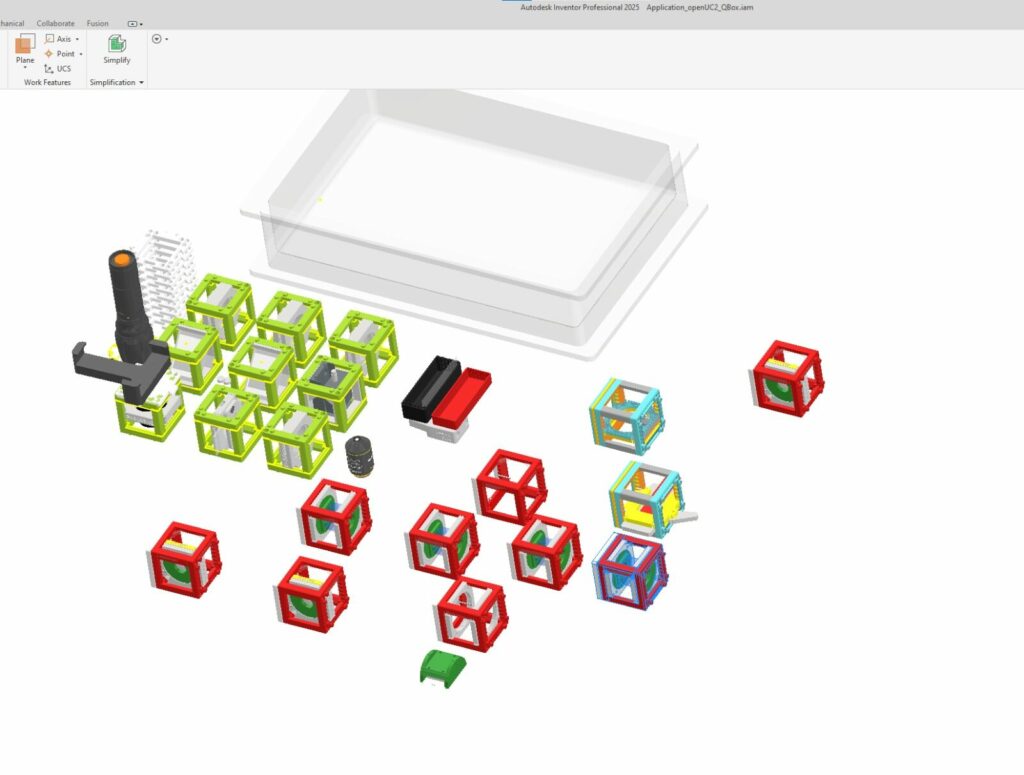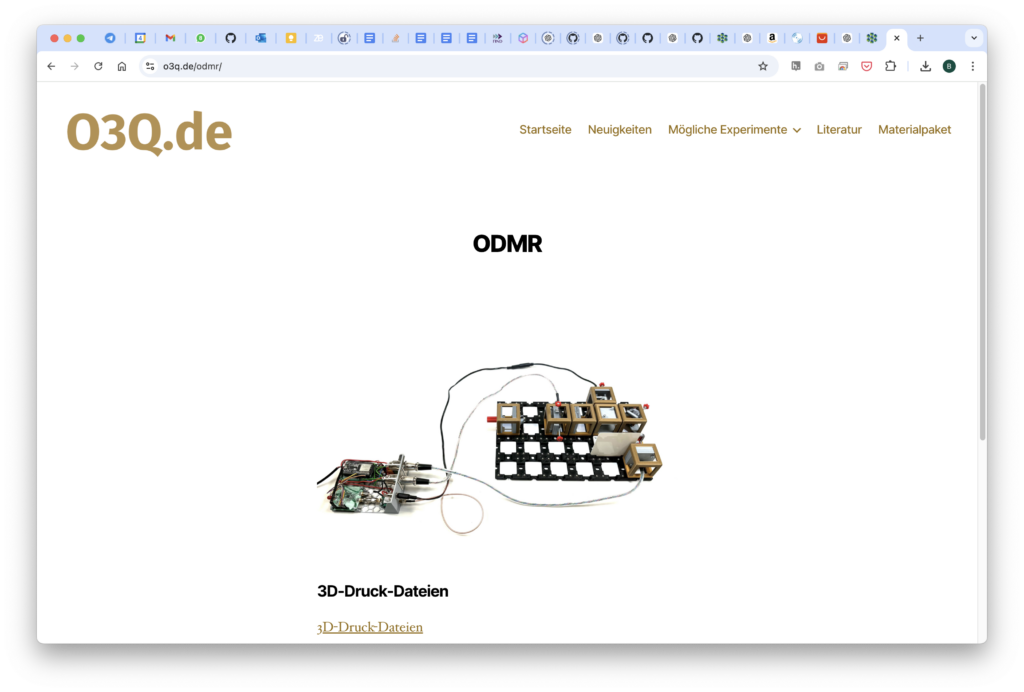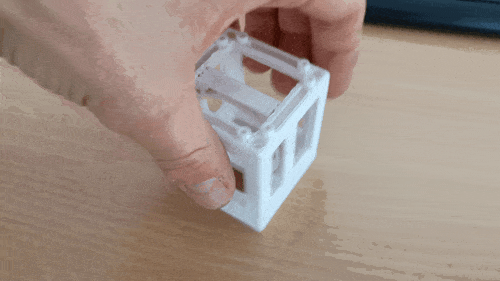Exciting developments are underway as we officially join the BMBF-funded project to bring quantum minilabs to various extracurricular learning venues across Germany. Though the project began earlier this year, we joined in the spring, following some internal organizational and financial adjustments. Now, we’re thrilled to be part of this initiative, working alongside strong partners like Hochschule Ruhr West in Bottrop around Prof. Michael Schäfer and the University of Münster around Prof. Stephan Heusler (and many many more!!). Together, we’re contributing to quantum education and the growing maker movement, aiming to create an adaptable system for diverse quantum photonic experiments.
One of our recent highlights includes a collaborative effort with the team from Münster on an ODMR (Optically Detected Magnetic Resonance) setup. This milestone is pushing our injection-molded cube system to the next level. Over the past two years, we’ve worked closely with partners in Werther to develop the third version of this cube, which will soon be replaced by a more optimized variant. The upcoming version, manufactured in collaboration with 3D Schilling in Thuringia, will enable us to significantly scale up production, allowing more quantum experiments to reach schools and learning centers.

The red cubes represent the new version (v4) of the upcoming injection molded cube design. All compatible, slightly improved.
We’ve made a few refinements to the cubes, including a transition to injection-molded master inserts for greater reproducibility, while maintaining compatibility with all existing components. Despite exploring other options, we’re sticking with the 50mm form factor, ensuring compatibility with 25mm, 50mm, and 100mm optical systems—a practical choice that fits well with our goals.
The current setup involves nitrogen vacancies in diamonds, where we observe resonance shifts using different excitation frequencies, with and without magnets. A simple fluorescence microscope setup can be constructed using our cubes, with a green 532nm laser focused on the diamond, and a photodetector capturing the emitted red fluorescence. As we vary the excitation frequency from 2.8 to 2.9 GHz, the fluorescence intensity shows characteristic dips, revealing the fascinating interplay of energy levels and photon transitions.

The O3Q.de project from the University Münster used our cubes and added a bunch of ready-to-use quantum photonics experiments to it. The power of open-source!
Introducing a magnet alters these energy levels, demonstrating the Zeeman effect, a key element of the experiment. This setup will soon form part of a larger “quantum box” to be distributed in up to 1000 locations across Germany, providing hands-on learning opportunities in schools and extracurricular venues. We’re moving forward with the next phase of the project, refining the electronics while navigating the complexities of working with high frequencies, which pose certification challenges for mass production.

This is an updated version of the cube design. Better fit, smoother linear motion along the optical axis and no tilted insertes anymore. Magnets may come back again! Yay.
In this phase, we’re looking to partner with Duotec, a company in North Rhine-Westphalia, to help us overcome the hurdles of certification and bring this system to a wider audience.
We’re also excited about expanding our existing range of educational boxes—covering topics like geometric optics, lab automation, and interference—by adding this groundbreaking quantum setup. If you’re curious about our work or have any questions, don’t hesitate to reach out! We’re always open to discussions and look forward to what comes next.

